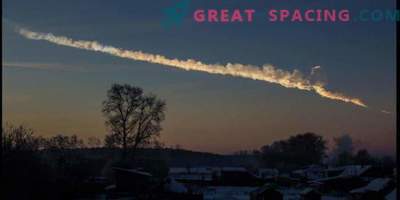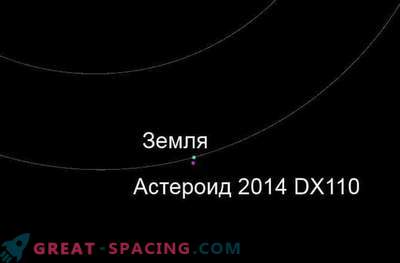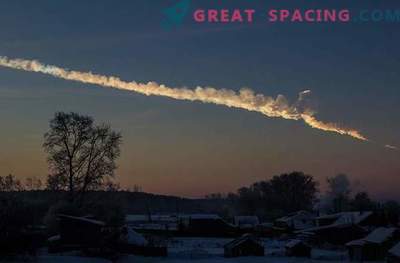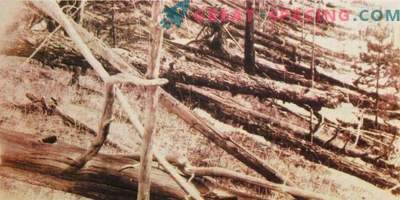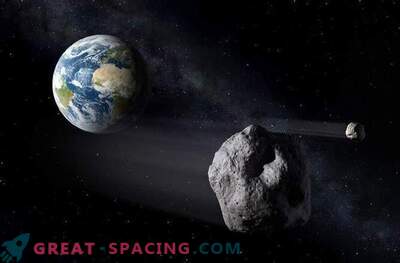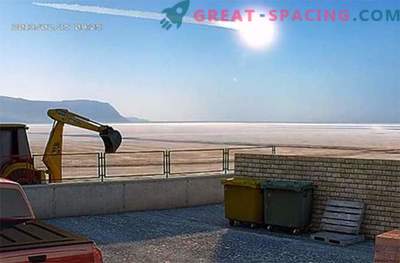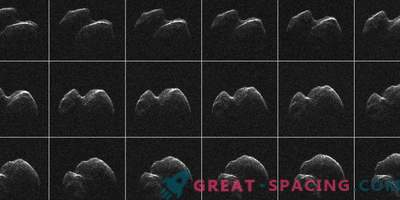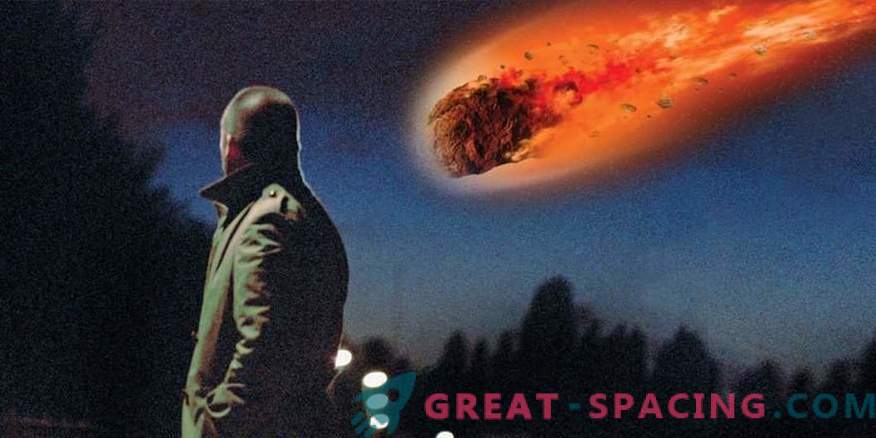
A global network that listens to obvious traces of nuclear weapons tests revealed 26 explosions in the period between 2000 and 2013, caused not by nuclear tests, but by asteroid explosions in the atmosphere.
Only one such collision in 2013 over Chelyabinsk, Russia, caused massive accidents and damage to buildings. But research findings are a grim reminder that the happy days of Earth can be numbered.
"Most of the effects are either too small or they are too high to cause serious damage. But, as we know, a collision with a large enough asteroid that can destroy an entire city occurs once a century," Ed Ed told a telephone conference former NASA astronaut who is currently monitoring the search for potentially dangerous asteroids B612 Foundation.

A train from the Chelyabinsk meteorite in the sky
“There is a common misconception that the collision of the Earth with a large asteroid is quite rare. And this is wrong. We believe that the scars left on Earth as a result of collisions suggest the opposite,” added Lu. The B612 Foundation program uses data obtained from a global network of infrasound stations consisting of microbarometers that continuously measure minor changes in air pressure at frequencies much smaller than the range of human hearing. The network is managed by Nuclear Test Ban Treaty Organization aimed at banning nuclear testing.
B612 Foundation, named after the fictional planet from the book The Little Prince of French writer and pilot Antoine de Saint-Exupery, plans to launch a telescope in 2018 in the area of potentially dangerous asteroids, such as, for example, an asteroid that exploded over Chelyabinsk with a force of 600 kg of TNT . More than 1,000 people were injured by flying glass and debris.
For comparison, the atomic bomb dropped on Hiroshima in 1945 had a power of 15 kilotons in TNT equivalent.
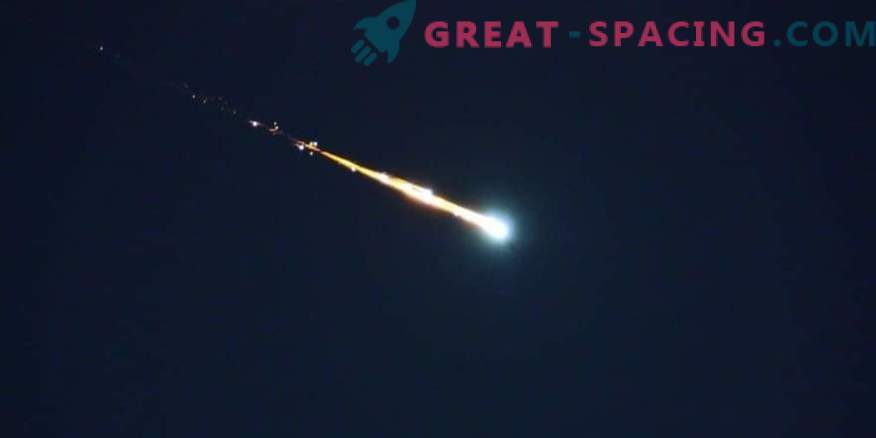
During its first 5-year operation, the B612 telescope, called the Sentinel, will have to detect about 90 percent of all near-Earth asteroids having 460 feet (140 meters) in diameter or more, and about 50 percent of asteroids 130 feet (40 meters ) in diameter. Asteroids, ranging in size from 40 to 45 meters in diameter, can be dangerous enough to destroy a city.
“The Chelyabinsk incident taught us that asteroids, which are only 20 meters in diameter, can have a significant impact. The size range we could call the“ city killer ”has decreased,” said Lu.
"The data we are going to collect should help us understand how often such phenomena occur. Perhaps this happens once every 80 years or once every 150 years? That's exactly what we are going to figure out as soon as we launch the Guard."
"The important thing is that people need to understand that this happens more than once every 50 million years," added Lu.

